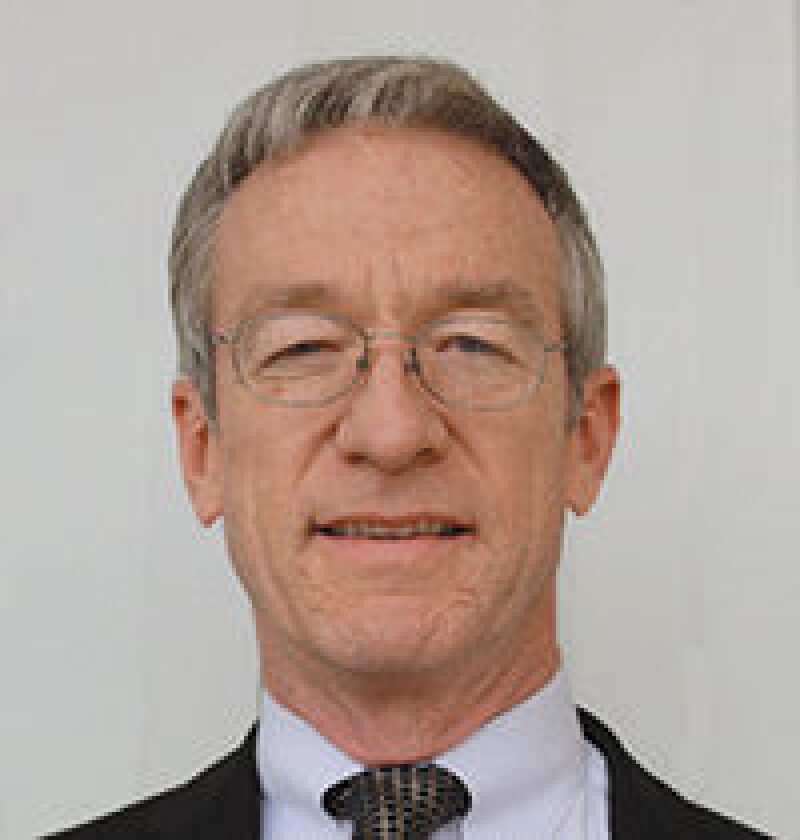Perseverance. The featured papers highlight this as a critical element in the successful application of new drilling technology. In one case, breakthrough performance was achieved on a complex, high-temperature/high-pressure exploration well offshore Norway as an example of “what can be delivered when a team adopts a fearless approach to new technology.” The team suggests fearless pursuit, or perseverance, against a variety of obstacles, hurdles, and potential show-stoppers.
One might consider, then, what there is to fear when trying something new. In reality, plenty. First, history has proved that breakthroughs most often occur as a result of sustained effort, through trials and tribulation and, yes, failure. More specifically, primary financial exposure and schedule risks often correlate directly to the well-construction phase. Beyond financial and schedule risk, what about corporate reputation and career aspirations? These objectives can sometimes be at stake during the operational phase, as well. Are these realities understood and accepted by project leadership? Implementation of new technology can require that leadership and key team members be willing to step outside their comfort zones. When there is a high rate of turnover, changes in management and other key personnel can jeopardize the ability to follow through with implementation of new technology. In this context, perseverance is more challenging, but it is also more important today than ever before.
Although most of us could agree that a fearless approach to new technology is desirable and even necessary for survival in some cases, like so many things in life, getting there is easier said than done. Thinking back on a few recent case histories and firsthand experience with major projects, there were significant challenges, time constraints, and limited engineering resources to investigate new alternatives fully. Most often, there is concept selection, partner approval, and authorization for expenditure before assembling the full team, committing to a rig, and selecting and procuring long-lead equipment. Permit/regulatory endorsement increasingly requires dedication of substantial time and resources as well. By this time, the execution phase looms large on the horizon; we often end up in the fast-track mode. Expediting peer reviews, recruiting and training personnel, and delivering and inspecting the rig and other major equipment are top priorities. Sound familiar? In many cases, there can be a tendency to fall back on proven equipment and procedures to minimize financial and schedule risk. “This is how it has been done before” is repeated, and the new idea is put on hold.
But it does not have to be that way. Proper vision, an atmosphere where the risk/reward profile of new drilling technology is understood clearly, adequate time, and sufficient dedicated Earth-science and engineering resources are foundation ingredients.
The featured papers represent relevant examples where these attributes combined to achieve impressive results during well construction.
Consider the common threads in the selected papers illustrating step-change performance being delivered, overcoming short-term technical and organizational challenges with clear vision and sustained efforts over considerable periods of time. For today and the days ahead, important lessons are found in perseverance.
This Month's Technical Papers
Faster Rate of Penetration in Hard Chalk: Proving a New Hypothesis for Drilling Dynamics
Root-Cause Analysis of Drilling Lost Returns in Injectite Reservoirs
Single-Gradient Subsea-Mud-Lift-Drilling Technology in Deepwater Gulf of Mexico
Optimization of Upper Burgan Reservoir Multilateral Well With Inflow-Control Device
Recommended Additional Reading
SPE/IADC 173081 All-Attitude Gyro-While-Drilling Technology Provides Accurate Surveys in High-Angle East/West Directional Wellbores Delivering Reduced Costs and Increasing the Length of the Producing Zone by Keith Beattie, Gyrodata, et al.
SPE/IADC 173125 Pioneer Turbodrilling With 16½-in. Impregnated Bit in Deep Presalt Well in Santos Basin by R. Pantoja, Petrobras, et al.
SPE/IADC 173046 Drilling-With-Liner Technology Enables Successful Sidetrack Through Depleted Sands in Shallow-Water Gulf of Mexico by Wayne Bridgeman, Chevron, et al.
SPE 172559 Application of Friction-Reducing Rigid-Resin Centralizers Based on Silicon Carbide by Urdaneta Javier, Halliburton, et al.


